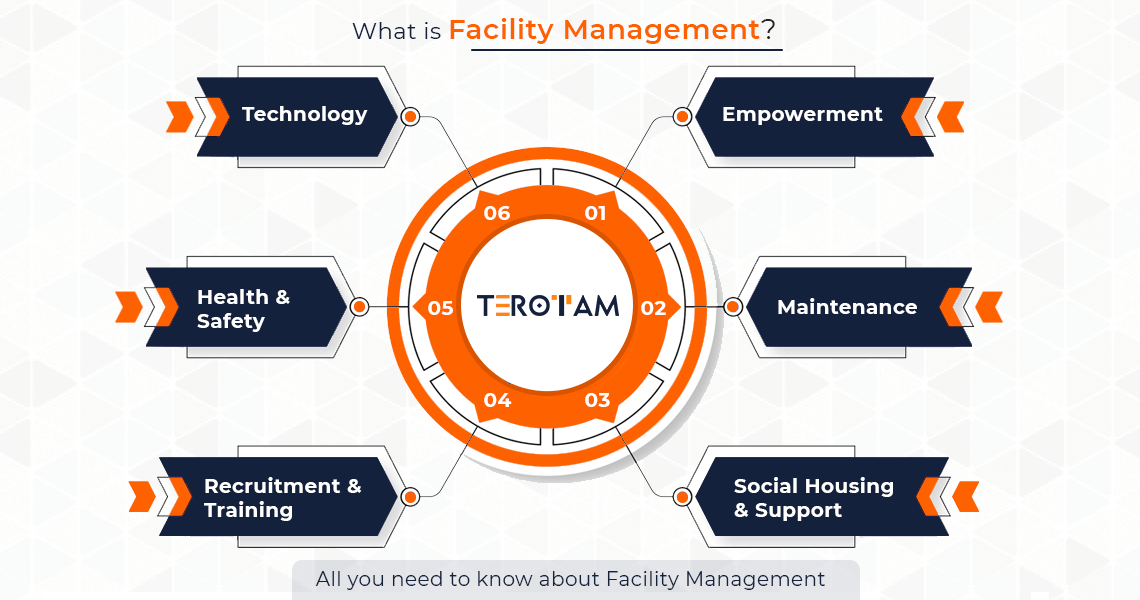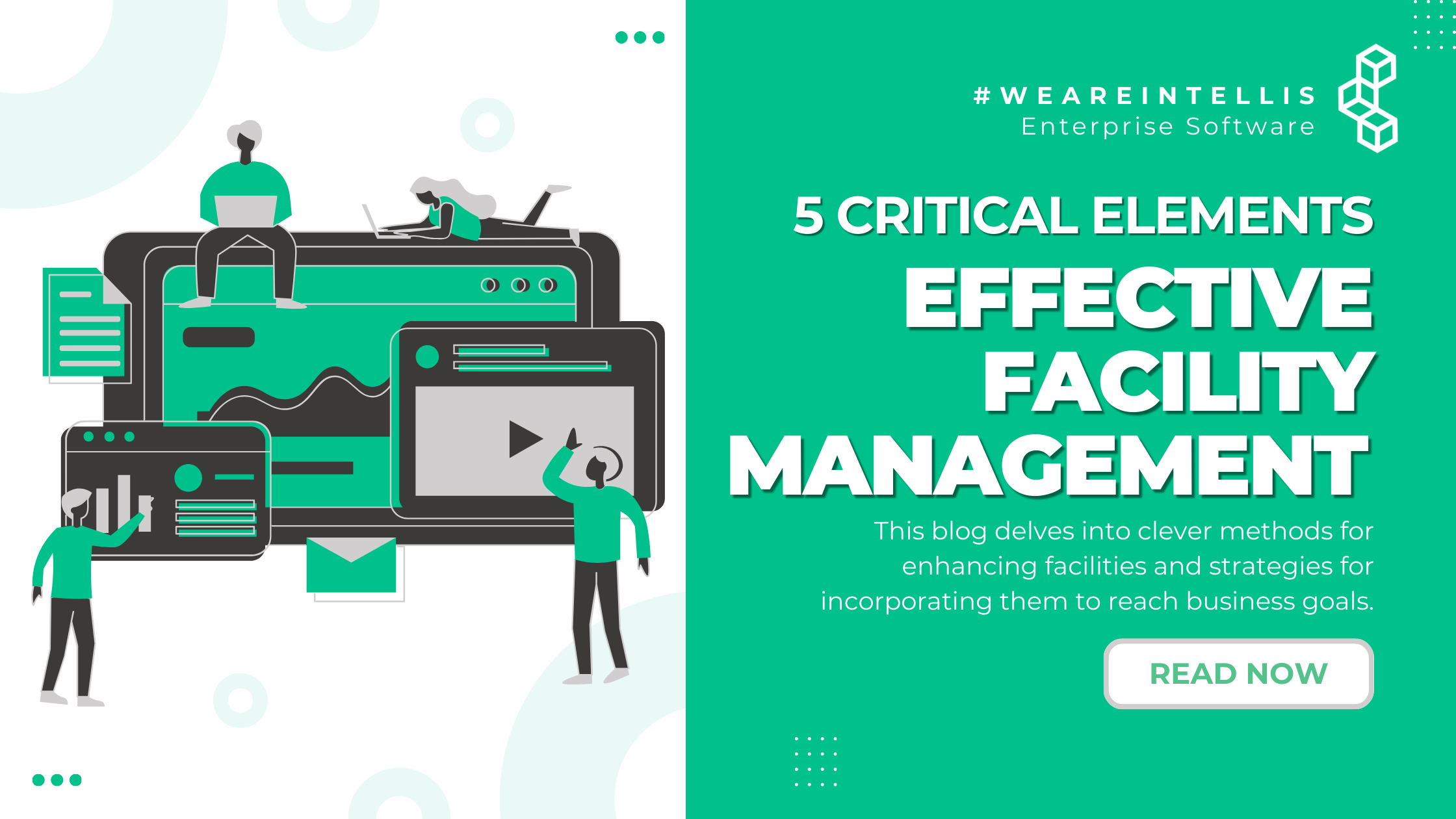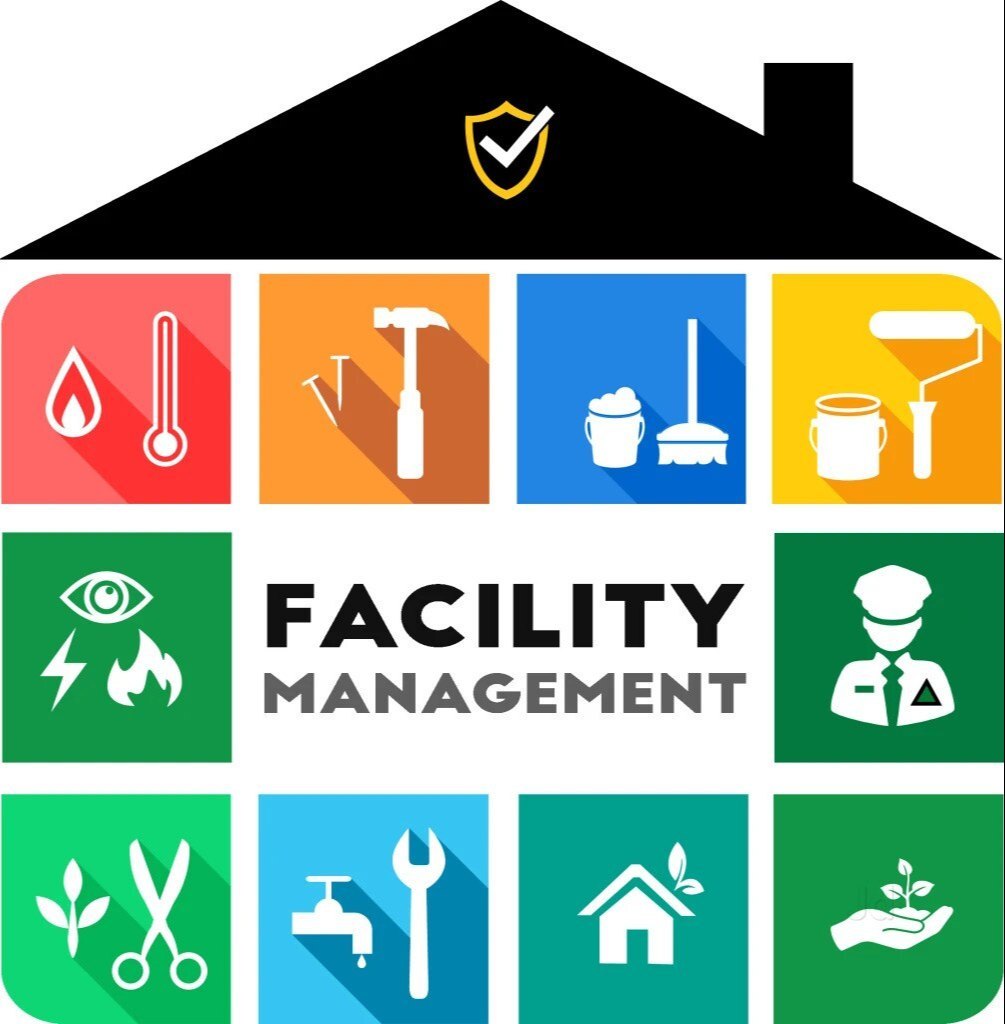The Essential Guide to Facility Monitoring: Techniques for Success
Facility administration plays a crucial role in the overall success of an organization, serving as the backbone that supports performance, safety and security, and performance. The subtleties of efficient center management expand past plain logistics and call for a thorough understanding of both qualitative and quantitative metrics.
Comprehending Facility Management
What constitutes reliable facility administration? Reliable center administration incorporates the control of numerous organizational features to guarantee that constructed settings are secure, efficient, and for productivity. It incorporates the principles of design, design, and service administration to develop a smooth functional circulation within a company.
Secret elements of center administration include room preparation, upkeep monitoring, and compliance with health and safety regulations. Space preparation concentrates on optimizing making use of physical resources to sustain business goals, while maintenance administration makes certain that facilities are kept in optimal condition, taking full advantage of life-span and minimizing functional expenses. Conformity with legal and regulatory criteria is essential, as it safeguards the company versus possible obligations and boosts its online reputation.
Additionally, effective center management depends on the critical usage of technology, such as Building Monitoring Solution (BMS) and Computer-Aided Center Monitoring (CAFM) tools. These modern technologies facilitate real-time monitoring of structure systems and improve upkeep procedures (Facility Management). Eventually, a detailed approach to center monitoring not only promotes functional performance however likewise fosters a positive atmosphere for workers and site visitors alike, driving general organizational success

Trick Techniques for Optimization
Maximizing facility monitoring needs a critical method that lines up functional exercise with business purposes. To attain this, the initial vital strategy is the execution of incorporated technological solutions. Making use of innovative software systems enables for real-time surveillance of facility operations, promoting data-driven decision-making and enhancing overall efficiency.
Second of all, routine evaluations of facility efficiency are necessary. Conducting routine examinations and audits enables center managers to identify locations that need enhancement, making certain that resources are designated efficiently. This proactive approach assists in lessening downtime and improving service delivery.
An additional critical approach is cultivating cooperation throughout divisions. By encouraging open communication between groups, facility supervisors can much better straighten their strategies with company objectives, bring about enhanced operational harmony. Furthermore, involving personnel in training programs advertises a society of accountability and enhances their capacity to add to optimization efforts.
Enhancing Safety Protocols
Reinforcing safety protocols is important for producing a safe setting within centers. A thorough security method not only protects workers and site visitors yet likewise enhances functional efficiency. Facility Management. To accomplish this, facility managers should carry out regular risk evaluations to ensure and identify prospective hazards that appropriate steps are in location

In addition, clear interaction channels need to be developed to report security problems immediately. This consists of producing an obtainable system for workers to articulate possible threats or occurrences without anxiety of reprisal. Leveraging innovation can improve security actions; for example, implementing security systems and accessibility controls assists keep an eye on facility activities and restrict unauthorized entrance.
Lastly, conformity with neighborhood laws and industry criteria is non-negotiable. Regular audits and reviews of safety and security procedures make sure placement with current legislations and finest practices. By focusing on these techniques, facility supervisors can cultivate a society of safety and security that secures all stakeholders and ultimately contributes to the organization's success.
Improving Work Environment Environment
A positive workplace environment dramatically enhances employee morale and efficiency, making it a crucial focus for facility management. To create such an environment, facility supervisors must prioritize numerous crucial site here elements, including ergonomics, appearances, and worker engagement.
Ergonomic considerations are necessary to reduce physical stress and discomfort. This entails providing adjustable furnishings, appropriate lights, and adequate area for motion. These changes can bring about reduced absence and increased work satisfaction.
Aesthetic appeals play an important duty in shaping the work environment environment. Making use of color psychology, natural illumination, and plant can cultivate a stimulating and inviting setting. Thoughtfully created rooms can increase creativity and improve total well-being.
In addition, motivating staff member engagement via comprehensive decision-making procedures can enhance the feeling of ownership and belonging. Gathering feedback on office renovations and entailing staff members in the style procedure can cause an extra customized setting that fulfills their requirements.
Lastly, advertising wellness campaigns, such as wellness programs and leisure spaces, can additionally add to an encouraging workplace culture. By concentrating on these strategies, facility supervisors can effectively enhance the office environment, driving both employee contentment and organizational success.
Gauging Success in Facilities
Gauging success in center monitoring needs a detailed method that assesses both quantitative and qualitative metrics. Measurable metrics normally consist of vital efficiency indications (KPIs) such as space usage prices, power consumption, upkeep prices, and occupancy levels. These metrics offer a clear image of operational effectiveness and economic efficiency, permitting facility managers to determine locations for renovation and benchmark against industry criteria.
Qualitative metrics, on the other hand, concentrate on customer fulfillment and worker involvement. Studies and feedback mechanisms can evaluate exactly how well the centers satisfy the requirements of residents, assisting to examine the overall workplace environment. This facet is essential, as a pleased labor force is usually connected to boosted productivity and retention rates.
To effectively gauge success, facility supervisors ought to likewise take into consideration integrating modern technology, such as constructing management systems and information analytics devices, to collect and analyze relevant information. Frequently reviewing both collections of metrics permits an extra well balanced view of efficiency and informs strategic decisions. Ultimately, a successful center administration method depends upon a dedication to continuous improvement, making certain that both operational efficiencies and individual contentment are prioritized.

Conclusion
In final thought, efficient center monitoring is essential for boosting business efficiency. By carrying out incorporated technical solutions, carrying out regular assessments, his explanation and cultivating partnership throughout departments, companies can achieve ideal source allotment and operational performance. Focusing on safety protocols and boosting office settings better add to boosted worker complete satisfaction. Ultimately, measuring success via both measurable and address qualitative metrics permits constant renovation, ultimately bring about reduced functional expenses and a more effective business environment.
Center management plays an important function in the overall success of an organization, serving as the foundation that sustains performance, performance, and security.Trick aspects of center management include area planning, upkeep management, and conformity with health and safety laws.Furthermore, effective facility administration relies on the calculated usage of technology, such as Building Administration Equipment (BMS) and Computer-Aided Center Monitoring (CAFM) tools. Eventually, an extensive approach to facility administration not just promotes operational effectiveness yet likewise promotes a favorable atmosphere for visitors and employees alike, driving general business success.
Inevitably, an effective center management method pivots on a commitment to continuous improvement, making certain that both operational effectiveness and individual contentment are prioritized.